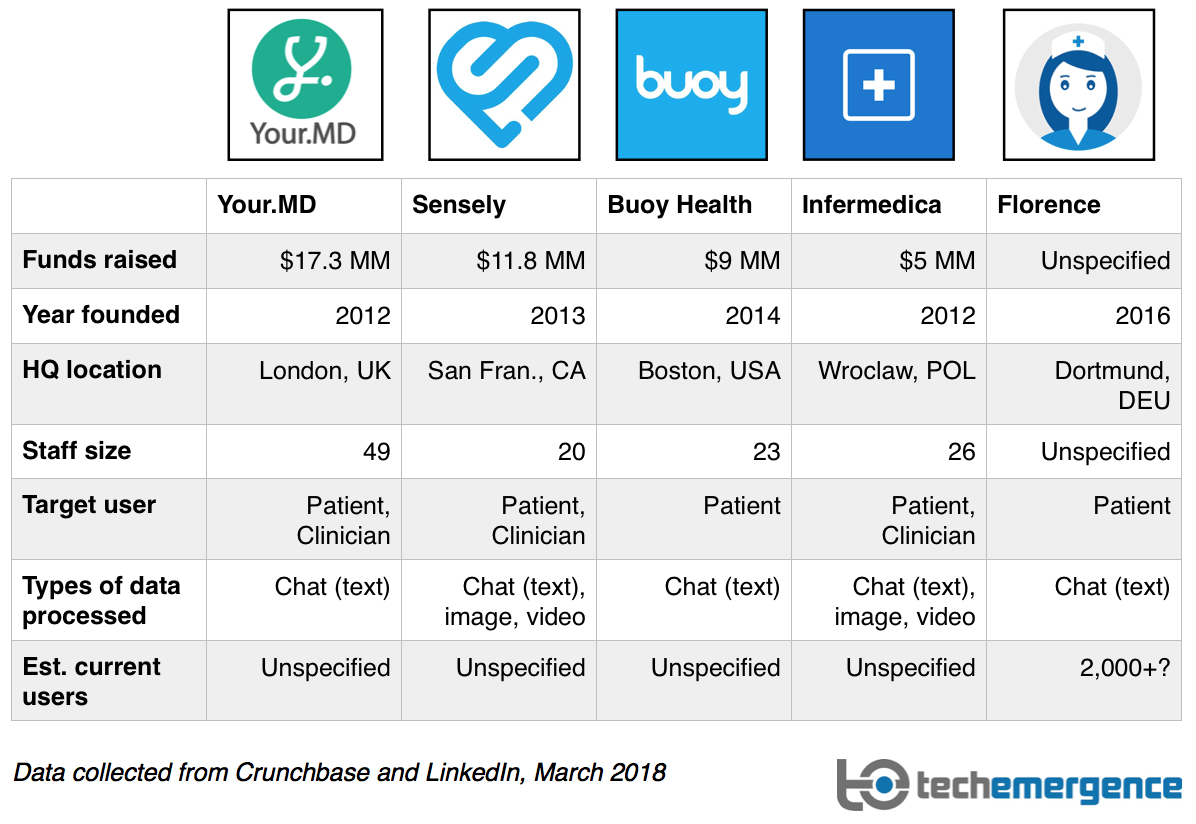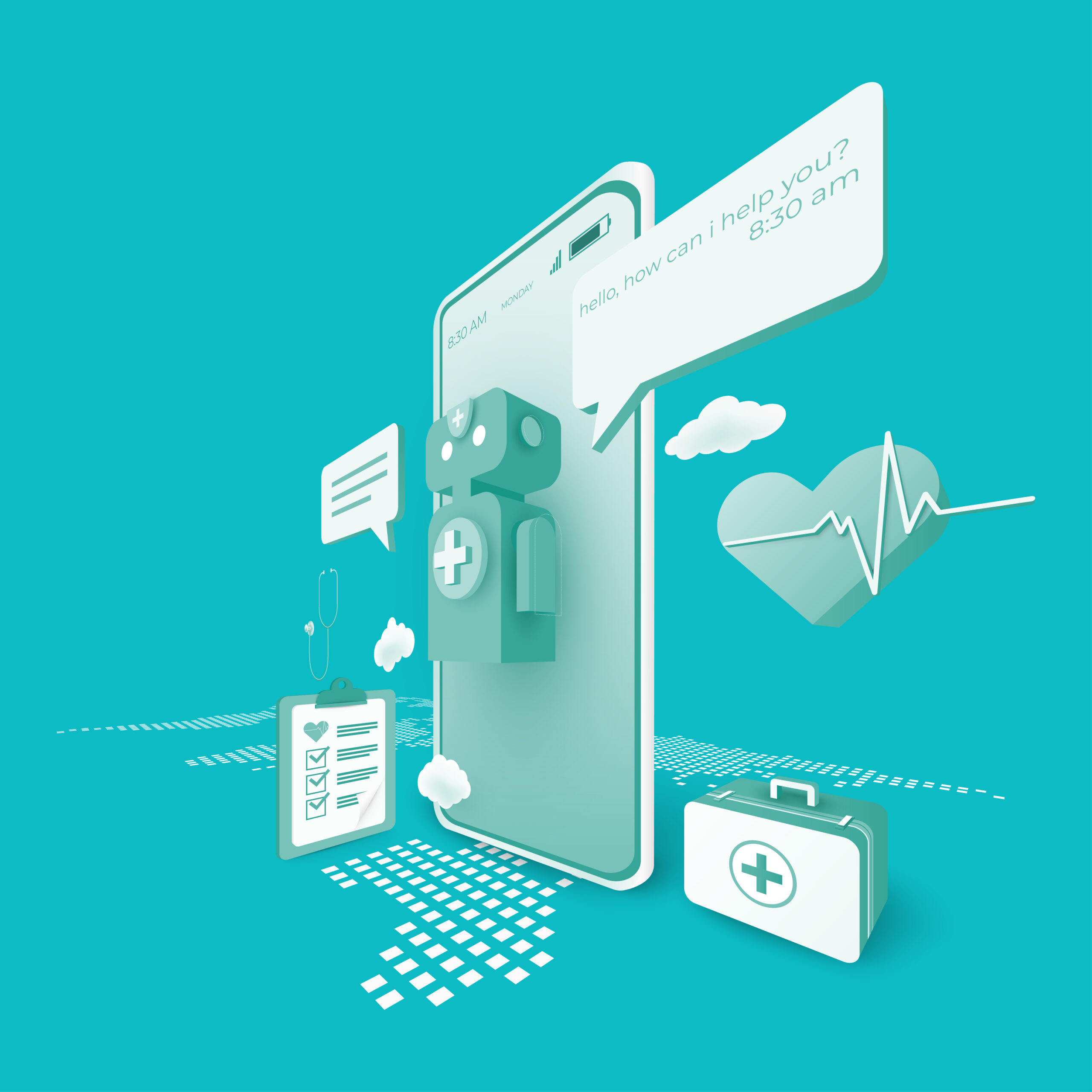


However, specific data on user outcomes is not currently reported on the company’s website. The partnership involves access to NHS services including “improved access to NHS 111 and local NHS services.”Įxamples of services include patient/physician appointment booking and access to searching NHS Choices for “healthcare advice and resources to review conditions and treatments.” The company indicates that the UK National Health Service is a content partner. As of February 2018, Google Play suggests the app has been installed by between 1 million and 5 million devices. Your.MD does not provide a current estimate of the number of total users on its website. Matteo Berlucchi, CEO of Your.MD, Interview with TechEmergenceĪccording to the Your.MD LinkedIn page, there are 49 professionals currently associated with the company including an AI Engineer. “We believe once we can do this we fundamentally remove the need to see a doctor for all those cases that required minor ailments or self care…in the UK the estimate is 3 in 5 visits to a general practitioner are things you can do on your own if you have information and advice.” – Dr. In the 1:45 minute demo below, the company demonstrates how the chatbot uses prompts to recommend health guidance and resources: The chatbot is accessible through 6 platforms including Facebook Messenger and Skype.
CHATBOT FOR HEALTHCARE SERIES
Your.MD claims that is uses AI and machine learning to provide personalized health information and relevant products and services.Īlgorithms trained on “validated medical literature covering over 1000 medical conditions” allow the chatbot to learn common symptoms and provide recommendations for relevant resources.įor example, users enter their symptoms via chat, can view a list of related conditions and through a series of prompts the virtual assistant can identify a patient’s potential condition.
Estimated number of current users: Unspecified. HQ location: London, England, United Kingdom. We’ll explore each of the firms in greater depth below, with videos and demos wherever applicable: Your.MD (A question mark was added after the user numbers for the Florence chatbot because the number is based on a claim from the company themselves, and we have no way of verifying this information.) Current user data is, as one might expect, sparse. Changing patient and clinician behavior with a chat interface is a hard problem, and one that won’t be solved overnight Business models are in early stages, and we can expect growth to be spurred by venture capital as opposed to revenues for the near future. Healthcare chatbots currently seem to be a mix of both patient-only (apps that help a patient track and make sense of health data) and patient-clinician applications (apps that connect the two groups, for diagnosis, treatment, etc). The field is of course very young, with a smattering of small companies raising venture money, mostly in major technology hubs. While the companies we analyzed aren’t a complete list of all healthcare chatbot applications on the market, they represent the market in the following ways: A Comparison of Current Healthcare Chatbot Applications We’ll conclude by discussing the potential value and future implications of these applications. Please note that the ranking strictly serves as a method of understanding the level traction these chatbot applications are gaining in the healthcare industry. The companies are ranked based on total funds raised. funds raised, target user, etc…) that we thought would be of particular interest to readers. In this article, we have organized the companies using a set of 7 quantifiable factors (e.g. Specifically, natural language processing is used to help diagnose a user based on the symptoms he or she provides. The majority of current and emerging use cases appear to focus on checking patient symptoms. In this article we’ll explore 5 representative examples of chatbots in the healthcare industry. Healthcare has become an attractive market for companies developing chatbot applications for patients and clinicians. This projected growth reflects a compounded annual growth rate (CAGR) of 24.3 percent. 
Market research firm Grand View Research estimates that the global chatbot market will reach $1.23 billion by 2025. Chatbots are gradually being adopted into the healthcare industry and are generally in the early phases of implementation.







 0 kommentar(er)
0 kommentar(er)
